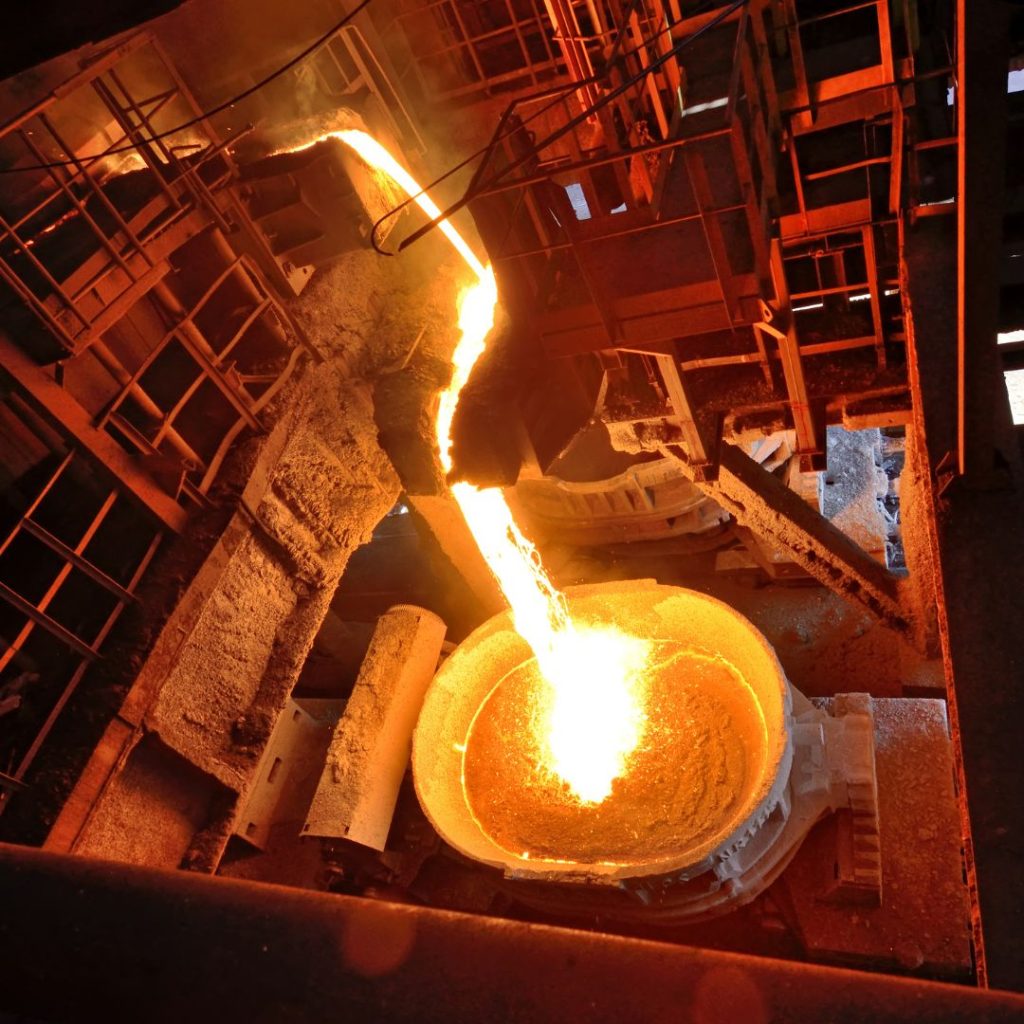Paths to green steel production: Part 1

Around a third of industrial CO₂ emissions worldwide come from metal production. How can CO₂ emissions in the production of crude steel be reduced as efficiently as possible? Technologies are already available that could significantly reduce CO₂ emissions from steel production through the use of renewable energies, in particular green hydrogen. But there are still some hurdles on the way to green steel. In the first part, we take a closer look at the current situation.
The steel industry has a share of:
- Around 8 % of global anthropogenic CO₂ emissions,
- Across Europe, it accounts for 4% of annual CO₂-equivalent emissions,
- In Austria, this figure is as high as approx. 15.3%
- In Germany, blast furnaces and steelworks emit around 58 million tons of CO₂
- According to the Federal Ministry for the Environment, this accounts for more than 30% of industrial emissions and around 8% of total German greenhouse gas emissions
Fewer and fewer Co2 certificates
After the annual reduction of free CO2 certificates in accordance with the EU Emissions Trading Scheme (ETS) begins in 2026, the path of transformation in the steel sector is already set. This means that fewer and fewer certificates will be freely allocated each year until there are no more at all in 2034. Technologies are already available that could significantly reduce CO2 emissions from steel production through the use of renewable energies, in particular green hydrogen.
Transformation process with difficulties
However, the decarbonization of the iron and steel industry is being hampered by the continued growth in global demand for steel and the limitations of technically and economically feasible options for low-carbon steel production. Domestic steel producers see themselves at a competitive disadvantage compared to Chinese and US suppliers due to the stricter requirements in Europe.
Europe's steel industry faces a mammoth task
"Europe's steel industry is facing a mammoth task. If it wants to achieve the EU climate targets, it must act now and decisively drive forward the transformation of the industry," says Akio Ito, Partner at Roland Berger. "According to our analysis, the green transformation for today's blast furnace route alone will mean additional annual costs in the double-digit billion range at the end of the decade - almost regardless of the technology used. After all, doing nothing is not an option in view of the climate targets proclaimed by the EU, and the increase in the price of CO₂ certificates under the European Emissions Trading System is making conventional steel production increasingly unattractive."
According to the calculations of the Roland Berger experts, in order to meet the climate targets by 2030, the industry would have to produce almost a third of today's production, 29 million tons, in a more climate-friendly way instead of using the blast furnace route alone.
It is therefore to be feared that European steel producers could move away. "Steel is an important primary product for many branches of industry, including the automotive industry, for example. If the steel industry now suffers damage and relocates to other locations, this could also have spillover effects and lead to other industries closing their sites in Germany," said economist Prof. Jens Südekum to zdfheute.
In Germany, for example, these competitive disadvantages are cushioned by state aid. According to zdfheute 2023, Federal Economics Minister Habeck awarded almost seven billion in subsidies across Germany for the great steel turnaround.
Current electricity and gas prices are another problem on the road to carbon-neutral production. On the other hand, more and more industries, especially car manufacturers, are demanding more sustainably produced steel.






